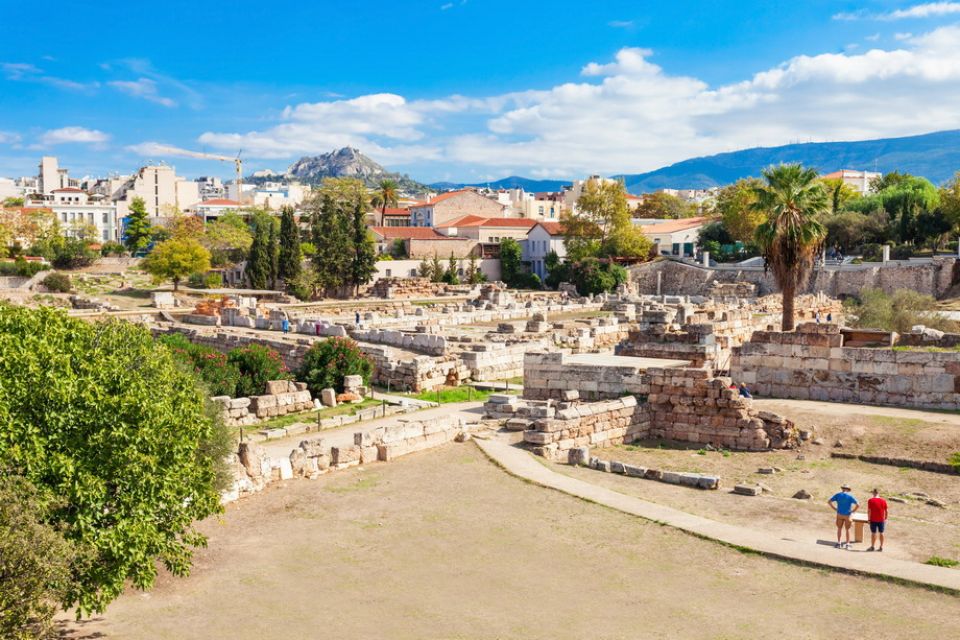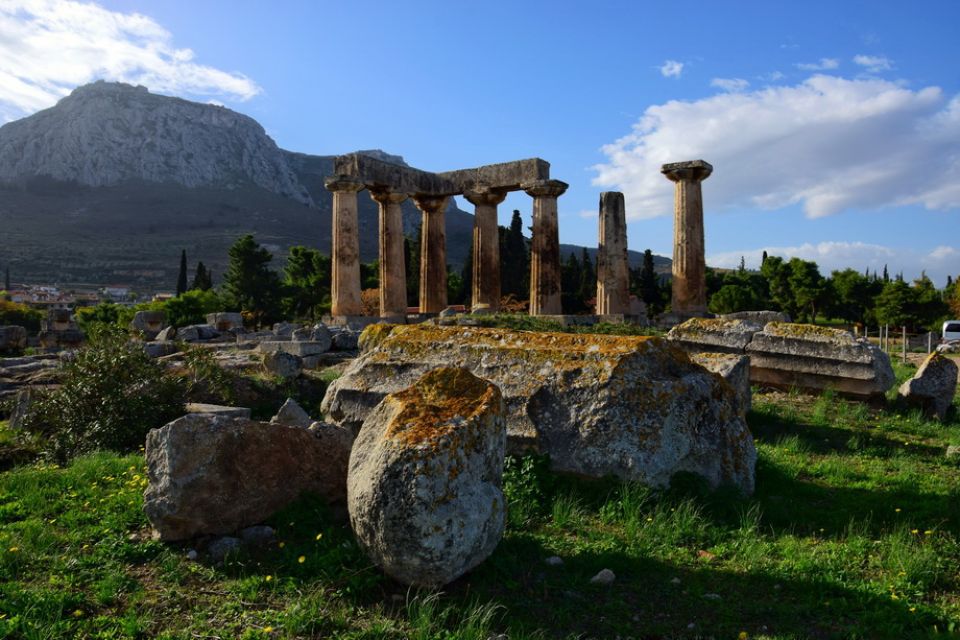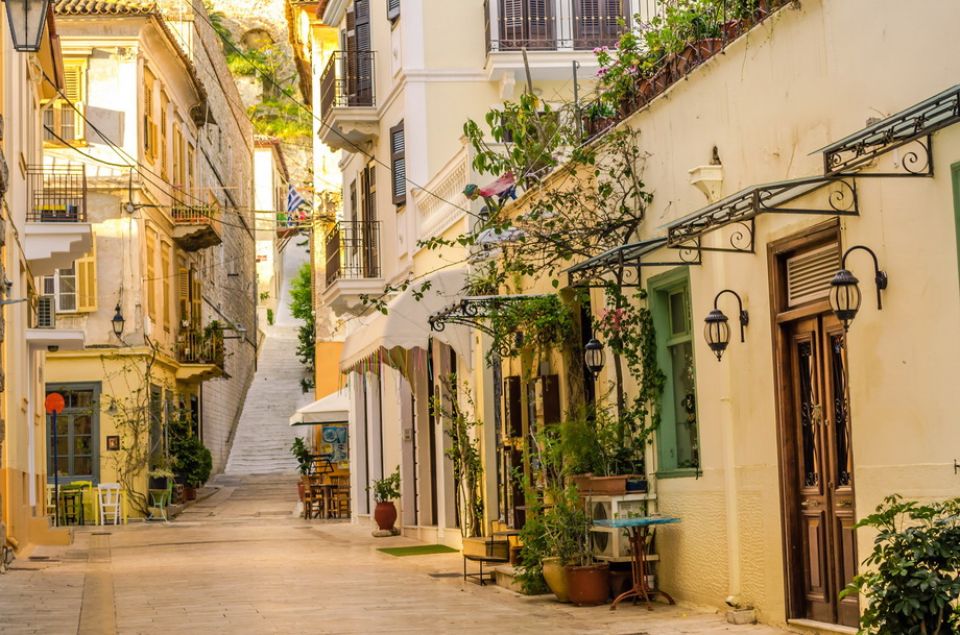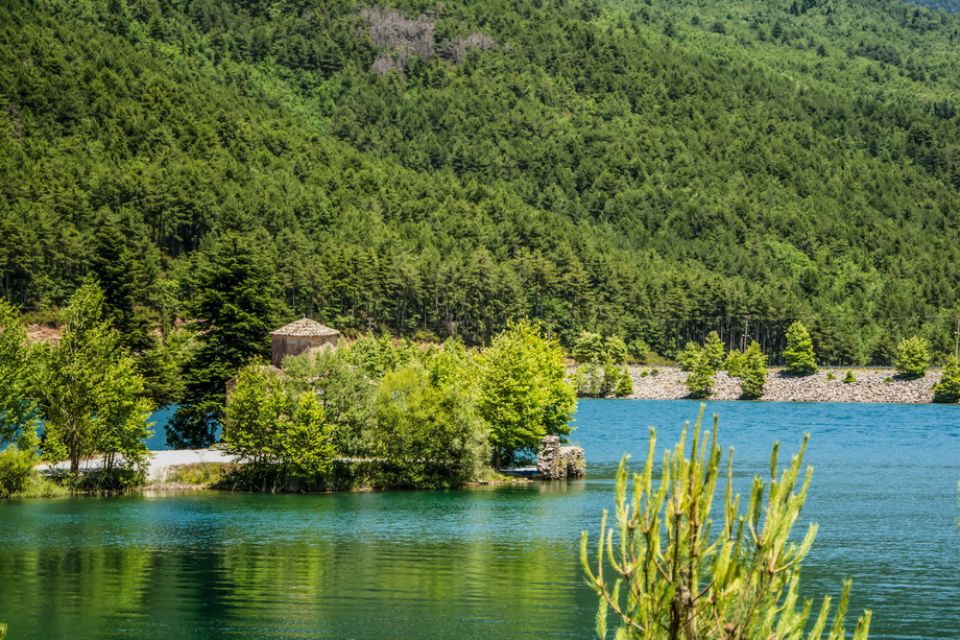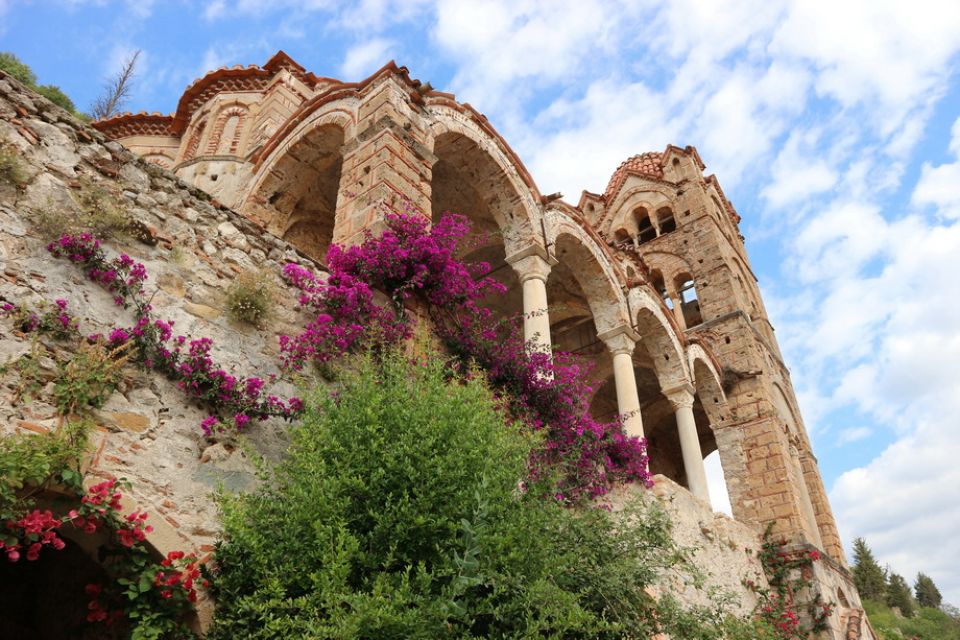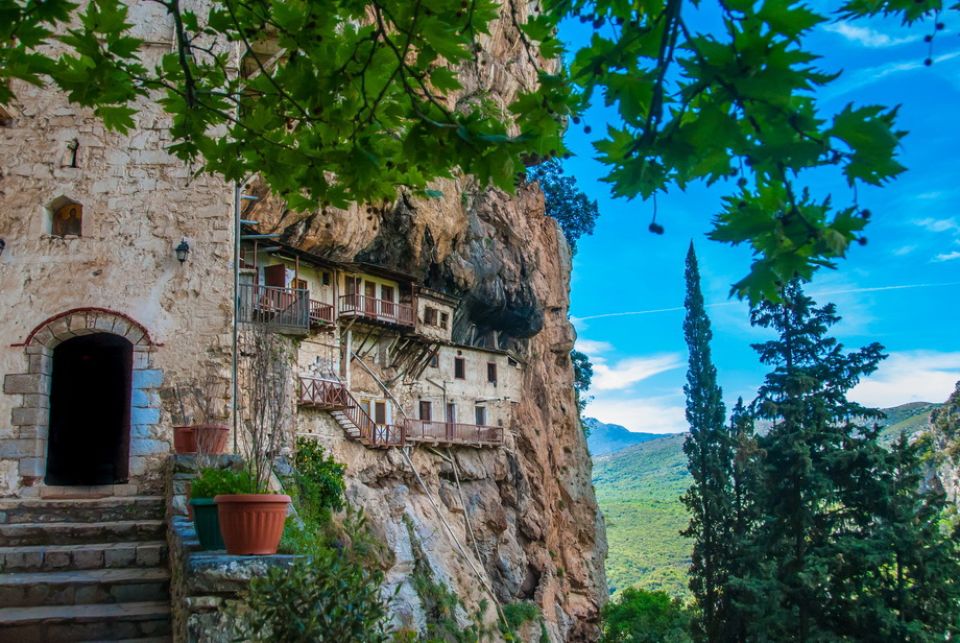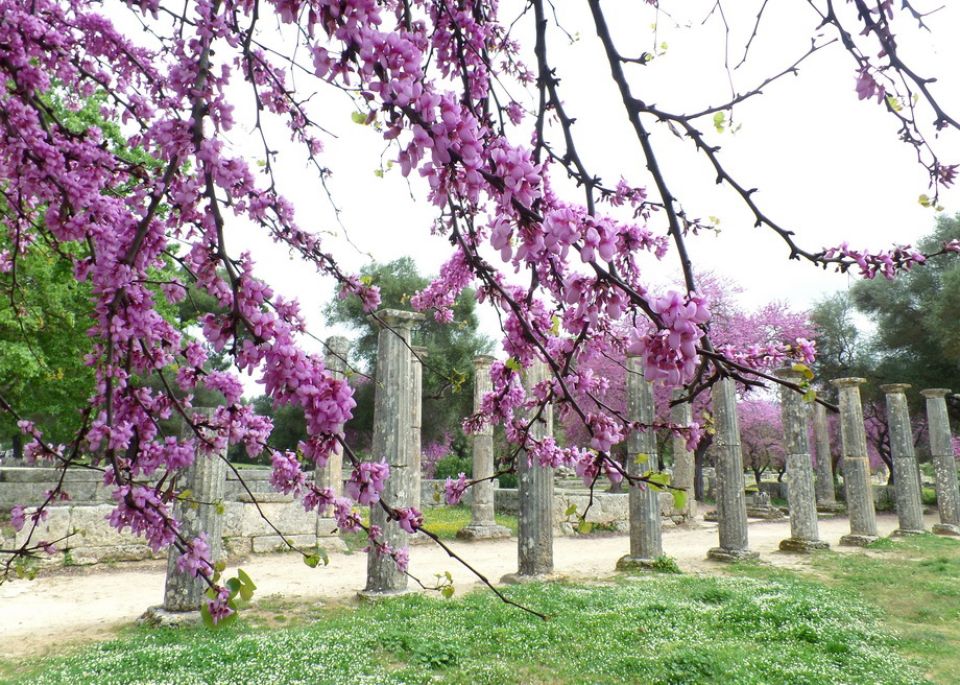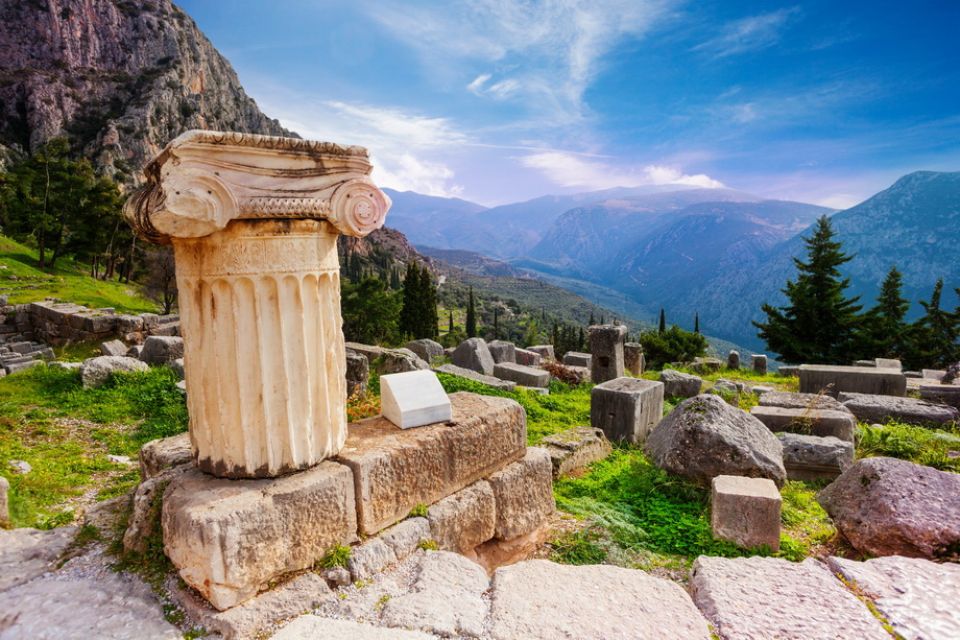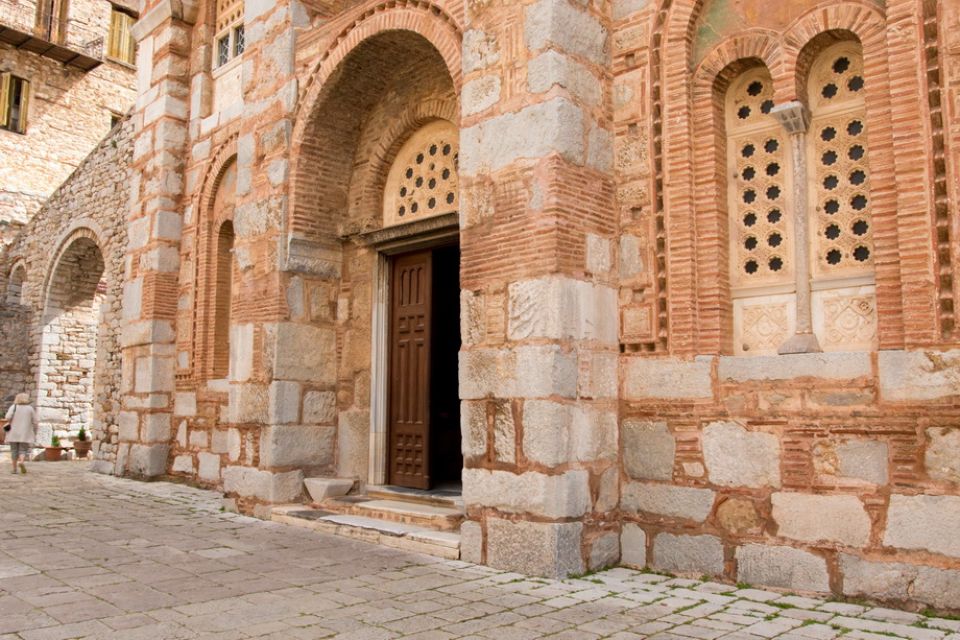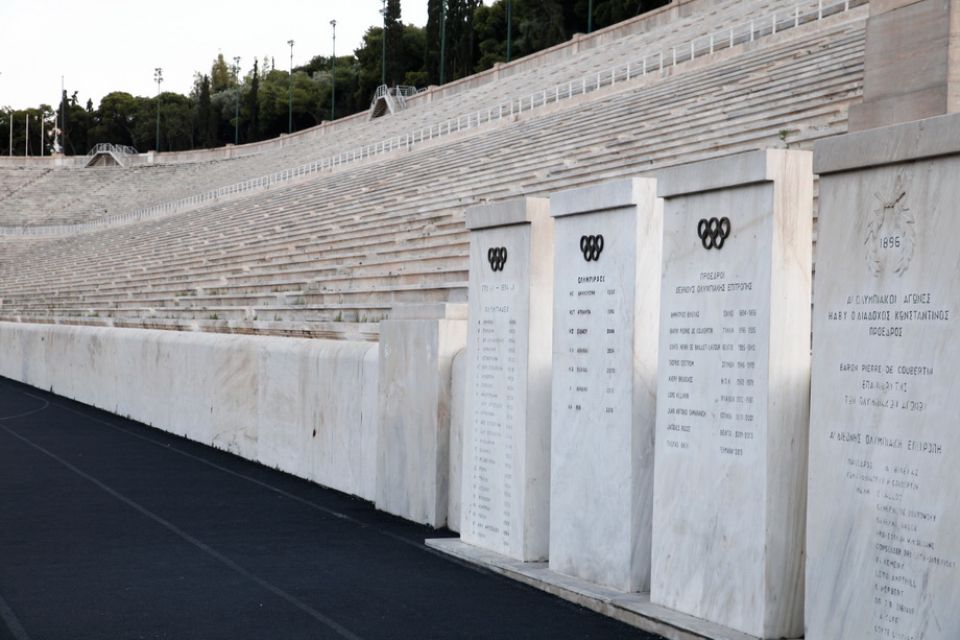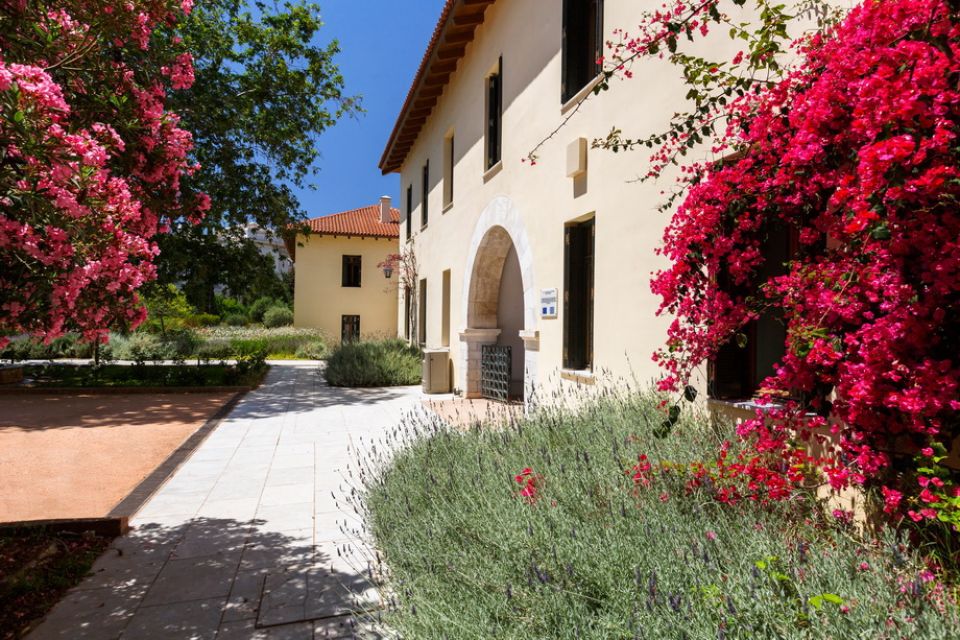11th day: National Archaeological Museum and Temple of Poseidon
In the morning, we visit the National Archaeological Museum. The museum has one of the richest ancient collections in the world. Especially its collections of the Mycenaean jewellery, the Greek sepulchral art, the archaic sculptures and the big bronze sculptures, as well as the geometrical vases are of unique beauty. Due to the wealth of art treasures, it is necessary to see only a few of them.
We continue with the Panathenaic Stadium (also known as Kallimarmaron Stadium). The horseshoe-shaped stadium dating back to the 4th century was rebuilt with much white marble in 1896, because of the first modern Olympic Games. The stadium was used for the first time during the celebration of the Great Panathenaia in 330/29 B.C., the games held every four years to honour goddess Athena. Later, the stadium was used for gladiator fights in the Roman times. During the Olympic Games of 2004 in Athens, the stadium hosted the archery competition and the finish of the Marathon.
After this classic opening, the bus takes us to the modern Olympic facilities: the Saronic Gulf venues which hosted the sailing and canoe-kayak competitions; the SEF (Peace and Friendship Stadium) in Faliron, which hosted the volleyball and handball games; the stadium next to the SEF, which hosted the taekwondo competitions; the Olympic complex in Faliro also includes the beach-volley venues. The Karaiskaki Stadium, which hosted the football games, is opposite the SEF.
And we continue to the southern point of Attica: there, 60 m over the sea, stands the famous and mighty Temple of Poseidon. The holy structure dedicated to the god of the sea is used as a milestone for the seamen for about 2,500 years. Ancient Athenians used the Temple of Poseidon as a control point for the incoming ships.From Athens, we drive along the coastal street. The bus stops at a shining-green body of water in Vouliagmeni. Since the ancient times, this place was famous for its thermal spring with 25°C warm water. It supplies the lake through high rocks and thick clumps of trees and provides this body of water with pleasant temperatures even in winter. As we arrive at the rock of Cape Sounion, the pure Greek temple romance and the magnificent, famous panorama view over the dark blue sea is waiting for us… magic moments! From the once 34 Doric columns of the marble sanctuary, only half of them have resisted the ravages of time.
Marginal note: Experts believe that the column structure at Cape Sounion was dedicated to god Apollo, although an inscription dedicates the temple undoubtedly to Poseidon.

